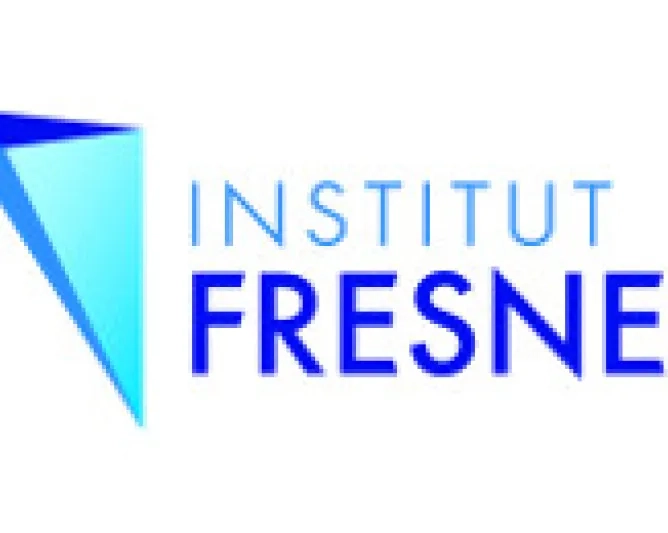Nanoscale Imaging of Neurotoxic Proteins

Misfolding and aggregation of peptides and proteins is a characteristic of many neurodegenerative disorders, including Parkinson’s Disease (PD) and Alzheimer’s (AD). Their common feature is that normally unstructured and soluble proteins, misfold and aggregate into insoluble amyloid fibrils, which make up the deposits in the brains of patients suffering from these devastating illnesses. A key requirement to gain insight into molecular mechanisms of disease and to progress in the search for therapeutic intervention is a capability to image the aggregation process and structure of ensuing aggregates in situ. In this talk I will give an overview of research to gain insight on the aggregation state of alpha synuclein (relevant to PD) beta-amyloid and Tau (relevant to AD) in vitro [1], in cells [2, 3] and in live model organisms [4]. In particular we wish to understand how these and similar proteins nucleate to form toxic structures and to correlate such information with phenotypes of disease [3]. I will show how direct stochastic optical reconstruction microscopy, dSTORM, and multiparametric imaging techniques, such as spectral and lifetime imaging, are capable of tracking amyloidogenesis in vitro, see figure 1, and in vivo, and how we can correlate the appearance of certain aggregate species with toxic phenotypes [5]. Using multiparametric imaging methods we follow the trafficking of aggregates between cells and see how the misfolded state propagates from cell to cell. I will show how such information at the molecular level guides our understanding of disease pathology in humans.
Contact : CF Kaminski
Invitation : Sophie Brasselet, Fresnel - MOSAIC Team